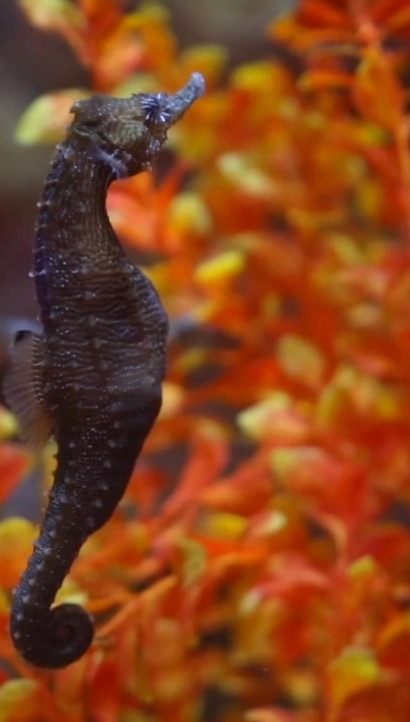– Exploring the role of modern zoos in wildlife conservation and education.
– The significance of interactive aquarium exhibits in fostering marine awareness.
– Challenges and strategies in zoo and aquarium management for species preservation.
– How technology and scientific research contribute to the survival of aquatic species.
– Community involvement and global cooperation in sustaining marine biodiversity.
—
Zoos and aquariums have evolved significantly from their origins as mere collections of exotic species for public amusement. Today, these institutions are at the forefront of wildlife conservation, research, and education, pivotal in preserving biodiversity and fostering an appreciation for the natural world. “Come and SEA what we’re all about” beckons us to explore the rich tapestry of life beneath the waves, offering insights into the enigmatic lives of marine creatures and the efforts that go into their conservation.
Zoos, once viewed as traditional menageries, are transitioning into conservation powerhouses. The shift is marked by a focus on creating environments that mirror natural habitats, supporting endangered species breeding programs and reintroduction initiatives, and serving as educational platforms to inspire stewardship in visitors. By engaging visitors with immersive experiences, zoos raise awareness about the plight of species facing extinction and the measures necessary to safeguard their futures.
Aquariums complement the conservation mission, specifically targeting marine and freshwater ecosystems. They provide a window into underwater realms often out of reach for the average person, enabling an intimate view of aquatic biodiversity. Interactive exhibits, such as touch tanks and immersive tunnels, allow visitors to experience the wonder of marine life up close, fostering a personal connection and a sense of responsibility towards the oceans’ inhabitants.
However, running these institutions entails unique challenges. Zoo and aquarium management requires a fine balance between animal welfare, public engagement, and fiscal sustainability. Meeting a diverse species’ nutritional, behavioral, and health needs is a complex undertaking. It necessitates specialized knowledge and continuous innovation to replicate natural conditions within the confines of captivity. Animal enrichment programs promote natural behaviors and ensure residents’ psychological and physical well-being.
Scientific research conducted in zoos and aquariums contributes significantly to conservation. Studies in animal behavior, genetics, and reproductive biology can lead to breakthroughs that support conservation efforts in the wild. For instance, coral propagation techniques perfected in aquariums can aid in rehabilitating damaged reefs, and insights gleaned from captive breeding can enhance the success of reintroduction programs.
Global cooperation is vital in the quest for marine preservation. International partnerships enable the exchange of knowledge and genetic material, critical for maintaining genetic diversity within captive populations. Collaborative efforts, such as Species Survival Plans, coordinate among zoos and aquariums worldwide to manage breeding programs for the most vulnerable species.
In addition, technology plays an increasingly important role in advancing marine conservation. From state-of-the-art water filtration systems that mimic ocean conditions to sophisticated monitoring equipment that tracks animal health and behavior, technology enhances the capacity to simulate natural environments and study marine life in detail. Programs like electronic tagging allow scientists to track migration patterns and habitats of marine species released into the wild, gathering data essential in shaping conservation strategies.
Educational programs are another cornerstone of the modern zoo and aquarium mission. These institutions empower visitors by imparting knowledge about marine ecosystems, human impacts, and actions individuals can take to contribute to conservation. School programs, workshops, and citizen science initiatives extend the educational reach, creating a network of informed advocates for the sea and all its wonders.
Community engagement further amplifies the impact of “Come and SEA what we’re all about.” Local volunteers, partnerships with conservation organizations, and public events such as beach clean-ups and conservation fundraisers can have ripple effects extending far beyond the aquarium walls’ confines. These collective efforts highlight the interconnectedness of human and aquatic life and the shared responsibility to ensure their continued coexistence.
“Come and SEA what we’re all about” is an invitation to observe and a call to action. It embodies the multifaceted approach that modern zoos and aquariums adopt to protect and preserve the rich diversity of our planet’s wildlife. From educational outreach and scientific research to hands-on experiences and global collaborations, each element works synergistically to make a tangible difference in marine conservation.
In today’s rapidly changing environment, the stakes for conservation have never been higher. Habitat destruction, climate change, and pollution threaten the fragile balance of marine ecosystems. Zoos and aquariums stand as bastions of hope, harnessing the power of public engagement, science, and technology to combat these threats. Each visit to “Come and SEA what we’re all about” supports these ongoing efforts, inspiring a shared vision for a sustainable future where the beauty and diversity of aquatic life continue to thrive.
*****
Source Description
Come and SEA what we’re all about! 🌊🐠

